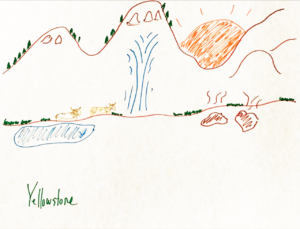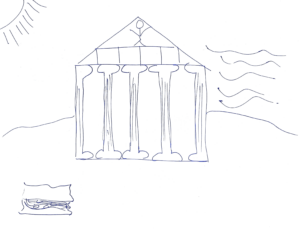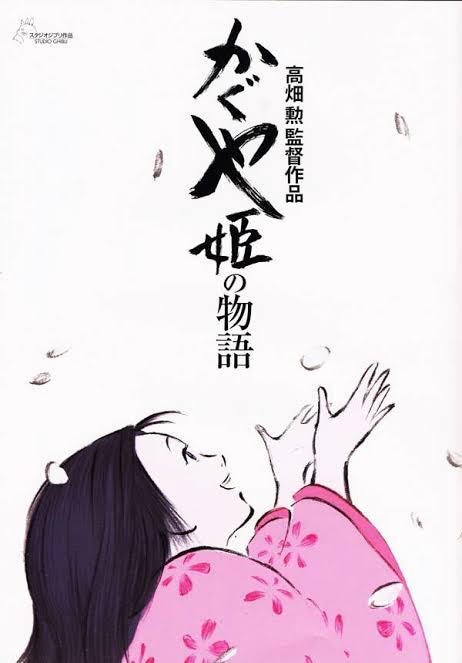Conversation Hour is hosted by the Naugle Communication Center (“CommLab”) and World Englishes committee members with the aim of providing a friendly, informal space for English Language Learner students to practice their oral English skills and to meet other students. On Thursday 9/30, students and CommLab consultants gathered online for the first event of the Fall 2021 semester.
Participants discussed their experiences of the semester so far; their weekend plans; and recent movie and TV show recommendations. The highlight of the event, however, was a drawing activity. Inspired by their own experiences of using art as a de-stressing tool, CommLab consultants invited participants to spend five minutes drawing a representation of either their favorite place, or a place they’d like to go to. Then, everyone shared their drawings and explained why that place was appealing to them—their past experiences with the place, if any, and what you can do and see there. Locations included the Smoky Mountains; Key West; the beach; Yellowstone National Park; the Vickery Creek Falls hiking trail in Roswell; and Athens, Greece. A common theme for us all was enjoying nature and appreciating the beauty of the world, as well as appreciating time with friends and family while traveling. Perhaps none of us are the next Van Gogh, but we enjoyed seeing everyone’s drawings and hearing about places that are special to them.


To join our Conversation Hour info list and receive announcements about future events, you can fill out this short registration form. October Conversation Hour (date TBD) will be in person in the Naugle Communication Center (Clough 447). We are also planning to host an in-person Conversation Hour on Monday, 11/15, from 5:00pm-6:00pm as part of International Education Week. We hope you’ll join us!

In addition to English Conversation Hour, the CommLab can help Georgia Tech students who identify as English Language Learners in a variety of ways. To book a free one-on-one consultation, click here. The CommLab is offering a variety of appointment modes this semester, including in person, BlueJeans, and asynchronous appointments, and is open Monday-Friday 9:00am-5:00pm in person, with additional online-only times from 5:00pm-8:00pm. See below for more information!


